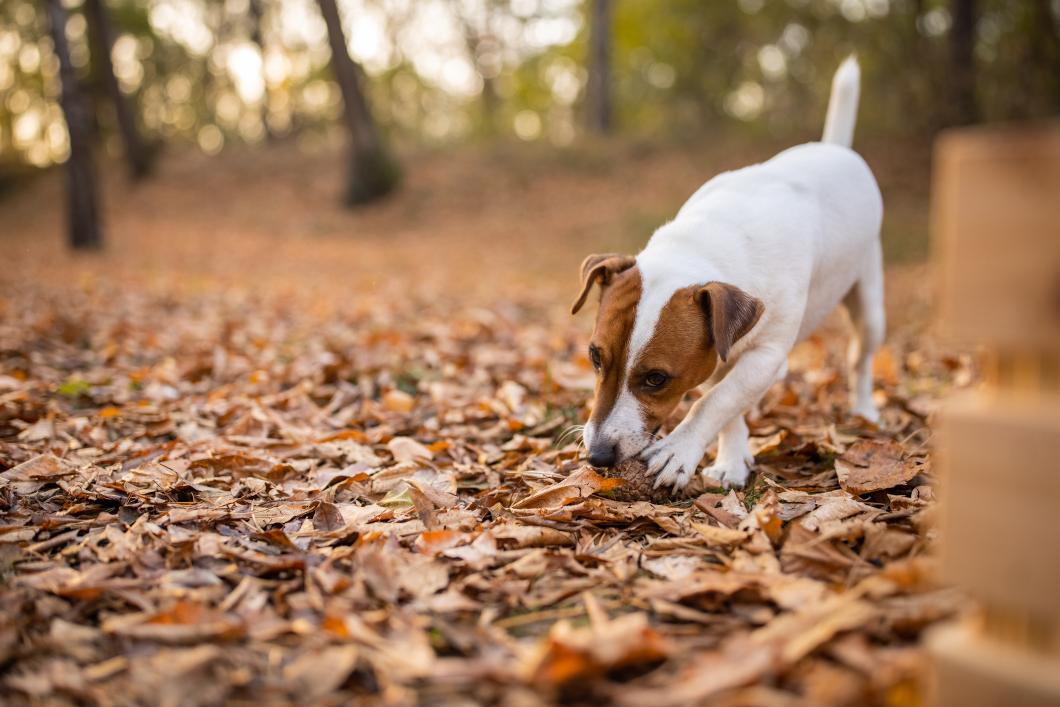Blog
Why Does My Dog Eat Leaves? Weird Fall Behaviors Explained

If you’ve ever found yourself wondering, “Why does my dog eat leaves?”—especially during the fall—you’re not alone. As the seasons change and leaves flutter to the ground, many pet parents notice their furry companions suddenly developing a taste for foliage. This quirky behavior is usually harmless, but it’s important to understand what’s behind it.
Dog Eating Leaves Explained
There are a few possible reasons for your dog eating leaves, and most of them aren’t cause for concern. Some pups simply enjoy the texture or smell of leaves, especially when they’re freshly fallen and crunchy. Others might be bored or looking for something to chew on.
In other cases, dogs and leaves become a combination due to curiosity. Dogs explore the world with their mouths, so munching on leaves can be a way of discovering new things in their environment.
However, a dog eating plants or leaves could also point to an upset stomach. Some dogs instinctively eat grass or leaves to induce vomiting if they’re feeling queasy. While the occasional nibble is normal fall dog behavior, consistent plant-eating can indicate digestive discomfort or a nutritional deficiency.
Seasonal Dog Behavior: Why the Shift Affects Pets
As we move into autumn—even here in warm, sunny Florida—you might notice some fall dog behavior that seems unusual. Dogs can become more energetic with the cooler breezes or more mischievous as they sniff out decaying leaves, mushrooms, and other fall growth. This seasonal dog behavior is often triggered by changes in temperature, daylight, and environmental scents.
Leaves also retain odors from other animals, especially in areas where wildlife or neighborhood pets roam. These enticing scents can lure dogs to sniff, lick, or chew on fallen leaves, treating them like nature’s snack buffet.
Is It Safe for Dogs to Eat Leaves?
Generally speaking, a few leaves here and there aren’t harmful. But pet parents should be cautious—some plants and trees shed leaves that are toxic to dogs, such as red maple, oak, or certain decorative shrubs. Moldy, wet leaves can also harbor bacteria, parasites, or lawn chemicals that pose health risks.
A dog eating plants frequently should be seen by a veterinarian, particularly if other symptoms are present, such as vomiting, lethargy, or diarrhea.
What Should I Do?
Try redirecting your dog’s chewing behavior with safe toys or treats. Supervise outdoor playtime and rake leaves regularly to reduce temptation.
And if you’re ever unsure whether your dog’s habits are harmless or hinting at something more serious, our team is here to help—no matter how strange their fall dog behavior gets!
Schedule a Check-Up Today
If you’ve been wondering, “Why does my dog eat leaves?”, let’s get to the root of it together. Contact our team at South Seminole Animal Hospital today to book your pet’s fall wellness visit.
